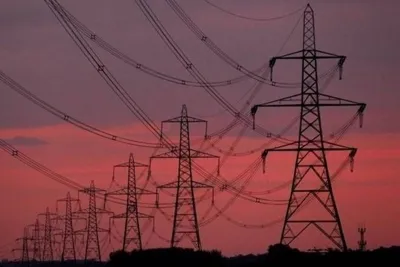Have FGD Norms for Power Plants Just Been Eased?

Synopsis
Key Takeaways
- Relaxation of FGD norms applies to most coal-based thermal power plants.
- Only plants within 10 km of large cities will require FGD installation.
- Nearly 79% of India's thermal capacity is now exempt from FGD mandates.
- Expected reduction in electricity costs by 25 to 30 paise per unit.
- Focus on evidence-based regulations for effective environmental protection.
New Delhi, July 13 (NationPress) The Ministry of Environment, Forest and Climate Change has relaxed the requirement for mandatory installation of flue gas desulphurisation (FGD) systems at the majority of coal-based thermal power plants, representing a shift towards differentiated compliance based on their distance from urban centers and the sulphur content of the coal used.
The updated framework, finalized after thorough discussions and various independent studies, will limit FGD requirements to plants situated within 10 kilometers of cities with a population exceeding one million.
Plants in critically polluted areas or those classified as non-attainment cities will undergo individual assessments. All other plants—comprising nearly 79 percent of India’s thermal power capacity—are now exempt from the obligatory installation of FGDs.
Importantly, these relaxed norms are projected to reduce electricity costs by 25 to 30 paise per unit. Experts assert that this reduction will ultimately benefit consumers. In a high-demand and cost-sensitive economy, the implications could be significant, aiding state distribution companies in managing tariffs and alleviating the financial burden on governments.
The financial implications of mandatory FGD retrofitting were previously assessed at over Rs 2.5 lakh crore, or Rs 1.2 crore per MW, with installation timelines extending up to 45 days per unit. Numerous power producers cautioned that this would not only escalate costs but also threaten grid stability during peak seasons.
This decision follows a series of studies by IIT Delhi, CSIR-NEERI, and the National Institute of Advanced Studies (NIAS), which indicated that ambient sulphur dioxide levels in most regions of India are well within the National Ambient Air Quality Standards (NAAQS). Measurements across various cities revealed sulphur dioxide levels between 3 and 20 µg/m³, significantly below the NAAQS threshold of 80 µg/m³.
The studies also raised questions about the environmental and economic effectiveness of a universal FGD mandate in the Indian context. Indian coal typically contains less than 0.5 percent sulphur, and due to elevated stack heights and favorable meteorological conditions, the dispersion of sulphur dioxide is efficient.
The NIAS study warned that nationwide FGD retrofitting could result in an estimated 69 million tonnes of carbon dioxide emissions between 2025 and 2030 due to increased limestone mining, transportation, and energy consumption.
FGDs are beneficial in regions with high sulphur coal (like in China or the US), elevated ambient sulphur dioxide levels, and dense urban areas. Studies indicate that India does not face these issues at scale, thus making a universal FGD rollout unnecessary, costly, and counterproductive.
Industry leaders welcomed the decision. "This is a rational, science-based move that avoids unnecessary costs and directs regulation where it is most needed,” stated a senior executive at a prominent public sector utility. “More importantly, it will help keep electricity affordable."
Officials emphasized that the government remains dedicated to environmental protection but with a more intelligent approach. "This is not a rollback; it is a recalibration based on evidence," a senior official commented.
"Our approach is now targeted, efficient, and climate-conscious," the official added.
An affidavit reflecting these findings will soon be presented to the Supreme Court in the MC Mehta vs Union of India case, where FGD enforcement timelines have been under judicial scrutiny.









